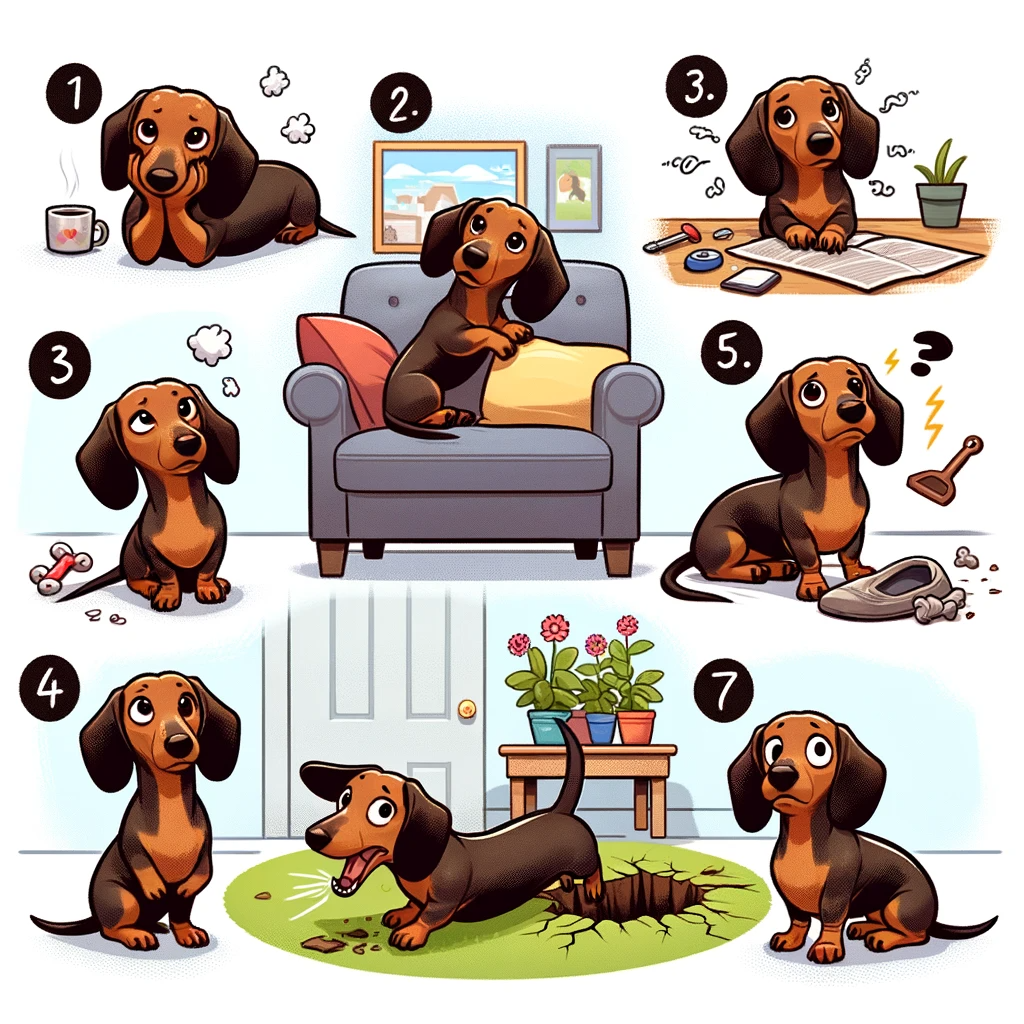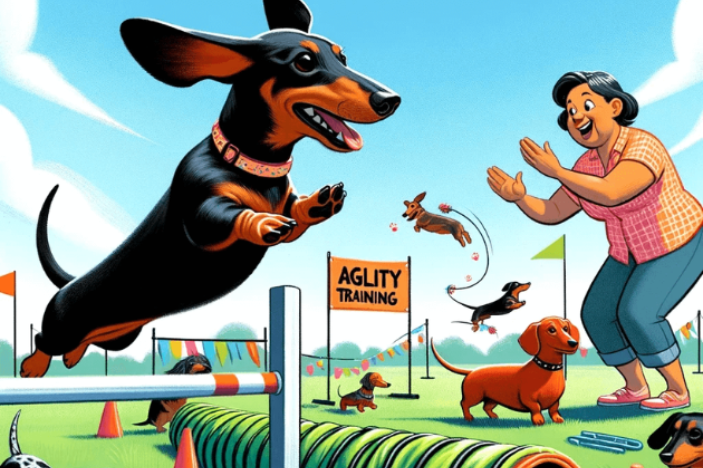Brittle nails are a common issue in dogs, and there are several reasons why this may occur. Here are some possible causes:
- Poor nutrition: Dogs require a balanced diet to maintain healthy nails. A lack of nutrients such as biotin, zinc, and protein can lead to brittle nails.
- Overgrown nails: If a dog’s nails are allowed to grow too long, they can become brittle and prone to cracking or breaking.
- Trauma: Dogs may damage their nails through trauma, such as catching them on something or scratching excessively. This can lead to nail fractures or splits.
- Medical conditions: Certain medical conditions, such as hypothyroidism, can cause brittle nails in dogs.
- Age: As dog’s age, their nails can become brittle and more prone to breaking.
If you notice that your dog has brittle nails, it’s important to have them examined by a veterinarian. They can determine the underlying cause and provide appropriate treatment.
Additionally, regular nail trims and a balanced diet can help prevent brittle nails from developing in the first place.
Causes of Dachshunds’ nail disorders
Dachshunds, like any other breed of dog, can be prone to various nail disorders. Here are some possible causes of nail disorders in dachshunds:
- Long nails: When dachshunds’ nails grow too long, they can become prone to breaking, splitting, or even curling into the paw pad, causing pain and discomfort.
- Weak nails: Some dachshunds may have naturally weak nails, which can lead to cracking, splitting, or breaking.
- Fungal infections: Dachshunds can develop nail fungal infections, also known as onychomycosis. This can cause the nails to become discolored, thickened, and brittle.
- Tumors: Although rare, tumors can develop in a dog’s nail bed or surrounding tissues, causing pain, swelling, or nail deformities.
- Improper nutrition: A poor diet lacking essential nutrients, such as biotin, zinc, and protein, can lead to brittle and weak nails.
- Bacterial nail infections: Dachshunds can also develop bacterial nail infections, causing inflammation, swelling, and discharge.
It’s essential to have any nail disorder examined and diagnosed by a veterinarian, who can recommend the appropriate treatment plan.
Regular nail trims, proper nutrition, and good hygiene can help prevent many nail disorders in dachshunds.
Is it normal for dog nails to crack?
It is not normal for a dog’s nails to crack, and it can be an indication of an underlying issue. If a dog’s nails are cracking, it’s essential to have them evaluated by a veterinarian to determine the underlying cause and appropriate treatment. Some possible causes of cracked nails in dogs include:
- Overgrown nails: Nails that are allowed to grow too long can become brittle and prone to cracking.
- Trauma: Trauma to the nail, such as catching it on something or hitting it, can cause the nail to crack.
- Nutritional deficiencies: A lack of essential nutrients such as biotin, zinc, and protein can lead to brittle nails that are more prone to cracking.
- Medical conditions: Certain medical conditions such as hypothyroidism, Cushing’s disease, or liver disease can cause brittle nails that are more prone to cracking.
- Fungal infections: Fungal infections can cause the nail to become weak and brittle, leading to cracking or splitting.
It’s important to keep a dog’s nails properly trimmed to prevent them from becoming too long and brittle. A balanced diet with essential nutrients can also help to maintain healthy nails.
If a dog’s nails are cracking, it’s important to have them examined by a veterinarian to determine the underlying cause and appropriate treatment
What happens if a dog’s nail breaks and reveals?
If a dog’s nail breaks and reveals the quick (the pink part of the nail that contains blood vessels and nerves), it can be painful and may bleed. This can happen if the nail is allowed to grow too long, or if the dog experiences trauma to the nail.
If this happens, it’s important to clean the affected area with warm water and apply pressure with a clean cloth or gauze to stop the bleeding.
Styptic powder or a silver nitrate stick can also be applied to help stop the bleeding. If the bleeding does not stop or if the dog is in severe pain, it’s important to contact a veterinarian for further guidance.
Once the bleeding has stopped, the dog may require pain medication and antibiotics to prevent infection. It’s essential to keep the affected nail clean and dry and monitor it for signs of infection, such as swelling, discharge, or redness.
In some cases, the broken nail may need to be removed by a veterinarian, especially if it is causing pain or if the nail is at risk of catching on something and further damaging the nail or toe
Should the dog be taken to the vet for a split nail checkup?
If a dog has a split nail, it’s a good idea to have them checked by a veterinarian. A split nail can be painful and can also become infected, leading to more serious health issues.
Additionally, a veterinarian can determine the best course of treatment for the split nail, which may include trimming the nail, applying medication or bandages, or removing the nail entirely.
If the split nail is bleeding or causing the dog significant pain or discomfort, it’s important to seek veterinary care as soon as possible. The veterinarian can help to stop the bleeding and provide pain relief medication if necessary.
In general, it’s always better to err on the side of caution when it comes to your dog’s health. If you’re unsure whether a split nail warrants a trip to the vet, it’s always a good idea to call your veterinarian and ask for their advice.
They can help you determine whether your dog needs to be seen and provide guidance on how to care for the nail until you can get them to the clinic
Will a dog’s cracked nail heal on its own?
Whether a dog’s cracked nail will heal on its own depends on the severity of the injury. If the nail is only slightly cracked or chipped, it may heal on its own with proper care, such as keeping the affected paw clean and dry, avoiding strenuous activity, and providing a balanced diet to promote healthy nail growth.
However, if the nail is severely cracked or split, or if it is causing the dog significant pain or discomfort, it may require veterinary treatment.
In some cases, a veterinarian may need to remove the damaged portion of the nail to promote healing. They may also prescribe medication or provide other treatments to manage pain and prevent infection.
It’s essential to follow the veterinarian’s instructions for caring for the affected paw and monitor the nail for any signs of infection, such as redness, swelling, or discharge.
In general, it’s important to take any signs of a cracked or damaged nail seriously and seek veterinary care if necessary. Prompt treatment can help to prevent further injury and promote faster healing
How long does it take to heal a dog’s quickness?
If a dog’s quick (the pink part of the nail that contains blood vessels and nerves) is cut or injured, it can be quite painful and may take several weeks to heal.
The length of time it takes for a dog’s quick to heal will depend on the severity of the injury and how well it is treated.
If the injury is minor, such as a small cut, it may heal within a week or two with proper care, such as keeping the paw clean and dry and administering any prescribed medication.
However, if the injury is more severe and involves significant bleeding or damage to the nail or paw, it may take several weeks to heal completely.
The dog may need to wear a bandage or boot to protect the paw and prevent further injury. The veterinarian may also prescribe pain medication and antibiotics to prevent infection.
It’s important to monitor the injured paw closely and follow the veterinarian’s instructions for caring for the wound. Any signs of infection, such as swelling, redness, or discharge, should be reported to the veterinarian immediately. With proper care and treatment, most dogs’ quicks will heal within several weeks
Conclusion
In conclusion, brittle nails are a common issue in dogs and can be caused by a variety of factors, including genetics, age, improper nutrition, and health conditions such as fungal or bacterial infections.
It’s important for dog owners to keep their pet’s nails trimmed and maintain good paw hygiene to prevent issues with brittle or broken nails.
Additionally, regular check-ups with a veterinarian can help to identify and address any underlying health conditions that may be contributing to brittle nails.
If a dog does experience a nail injury or issue, prompt veterinary care and proper wound management can help to promote faster healing and prevent further complications.
By staying vigilant and taking good care of their pet’s paws, dog owners can help to ensure that their furry friends stay healthy and happy.




